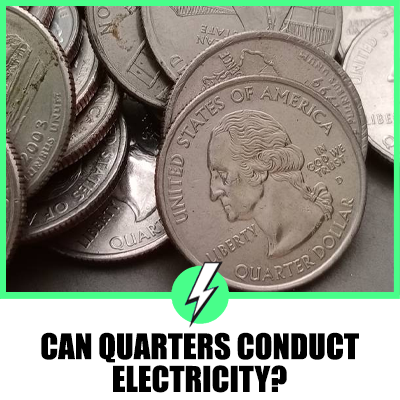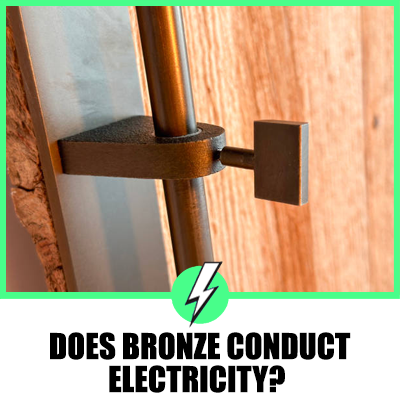Solving Your Ceiling Fan Light Dimmer Problem
Dealing with a malfunctioning ceiling fan light dimmer can be quite the conundrum, leaving you in a state of dimmed frustration.
Whether it’s flickering lights or a dimmer that refuses to adjust, these issues can disrupt the ambiance of your space. But don’t fret; with some insight and a bit of elbow grease, you can illuminate the path to resolution.
Well, we’ll be going over:
- What are the common culprits behind ceiling fan light dimmer troubles?
- Which tools should you have on hand to diagnose and fix the issue effectively?
- What steps can you take to troubleshoot and pinpoint the root cause of the dimmer problem?
Let’s dive in.

Contents
Common Reasons for Ceiling Fan Light Dimmer Problems
When you encounter issues with your ceiling fan’s light dimmer, it’s often due to a few common factors. Understanding these reasons can help you identify and address the problem effectively.
Firstly, incompatible dimmer switches are a frequent culprit. Not all dimmers work seamlessly with all ceiling fan models. If the dimmer and fan are mismatched, you’ll likely face functionality issues.
It’s crucial to check the compatibility of your dimmer switch with your ceiling fan model before installation.
Another common issue is faulty wiring. Over time, wires can become loose, frayed, or disconnected, leading to inconsistent dimming or complete failure of the light. Regular checks and maintenance can prevent such problems.
Lastly, worn-out components within the ceiling fan or dimmer switch itself can lead to malfunctions.
Dimmers rely on electronic circuits to control the current flow, and these can degrade with use. Replacing worn parts is often necessary to restore full functionality.
Understanding these common causes helps you narrow down the potential issues and guides you towards the right solution.
Tools Required for Troubleshooting
Before diving into the troubleshooting process for your ceiling fan light dimmer problems, it’s essential to equip yourself with the right set of tools.
Having these at your disposal not only simplifies the process but ensures you can tackle the issue more efficiently and safely.
- Multimeter – A crucial tool to test the electrical current, voltage, and resistance. It helps in diagnosing the problem accurately by checking if the power supply to the dimmer switch is consistent.
- Screwdrivers – A set of flathead and Phillips screwdrivers will be necessary for opening the fan’s housing and dimmer switch.
- Wire strippers – In cases where wires need to be reconnected or replaced, wire strippers will make the job easier and more precise.
- Voltage tester – Before handling any wires, a non-contact voltage tester ensures there are no live wires, providing a safe working environment.
Arming yourself with these tools puts you in a better position to identify and fix any issues with your ceiling fan light dimmer.
Step-by-Step Guide to Troubleshoot the Dimmer Issue
When you’re faced with a dimmer issue in your ceiling fan light, don’t worry. With the right approach, you can identify and fix the problem without having to call in a professional. Here’s a straightforward guide to help you troubleshoot effectively.
First, ensure that your dimmer is compatible with your ceiling fan light. Not all dimmers work with all types of bulbs, so check the manufacturer’s specifications. If compatibility isn’t the issue, proceed to the next step.
Next, inspect the wiring. Turn off the power at the circuit breaker before you do any work on your fan.
Remove the fan’s light fixture and examine the wiring connections. Loose wires or connections could be the culprit. Tighten any loose connections and then reassemble the fixture.
If the wiring seems fine, test the dimmer switch with a multimeter. This tool can help you determine if the switch is functioning correctly. If the multimeter indicates the switch is faulty, consider replacing it.
Remember, safety is paramount. If you’re not comfortable working with electrical components, it’s wise to consult with a professional electrician.
How to Fix a Faulty Dimmer Switch
When addressing a dimmer switch issue in your ceiling fan light, your first step should be to turn off the power at the circuit breaker. Safety cannot be overstated; working with electricity demands utmost caution.
Next, remove the cover plate and the dimmer switch. Examine the device for any visible damage such as burn marks or corrosion. If damage is present, replacing the dimmer is your best course of action.
If there’s no apparent damage, ensure all wire connections are secure. Loose wires can cause functionality issues with the dimmer.
It’s a good practice to tighten these connections and, if necessary, strip and reattach the wires to ensure a solid, reliable contact.
Should these measures not resolve the issue, testing the dimmer switch with a multimeter is your next step. This tool can help determine if the electrical flow is consistent and if the switch is functioning properly.
Remember, when in doubt about dealing with electric installations, it’s prudent to consult a professional electrician. Their expertise ensures not only the functionality of your ceiling fan light but also your safety.
Tips to Prevent Future Ceiling Fan Light Dimmer Problems
Ensuring your ceiling fan’s lighting system runs smoothly requires a proactive approach. One effective method to avoid future dimmer issues is regular maintenance.
Periodically, check your dimmer switches for any signs of wear or damage. If you notice anything out of the ordinary, addressing it sooner rather than later can prevent more significant issues down the line.
Additionally, understanding the compatibility between your ceiling fan light and the dimmer switch is crucial. Not all dimmers are designed to work with every type of light bulb.
For instance, LEDs have different requirements compared to traditional incandescent bulbs. Ensure you’re using a dimmer that matches the specifications of your ceiling fan’s light bulbs.
Investing in quality dimmer switches from reputable manufacturers can also make a significant difference. Opt for switches that have positive reviews and are known for their durability.
Remember, the upfront cost of a quality switch can save you money and hassle in the long run by reducing the frequency of replacements.
Lastly, don’t overload your electrical circuit. Overloading can lead to numerous issues, including dimmer failures.
If you’re unsure how to assess your circuit’s capacity, consulting with a professional electrician can provide clarity and peace of mind.
Conclusion
Tackling a dimmer switch issue in your ceiling fan light doesn’t have to be daunting. With the right approach and a focus on safety, you can often resolve the problem yourself.
Remember, regular maintenance and ensuring compatibility between your dimmer switches and light bulbs are key to preventing future issues.
Investing in quality switches and avoiding electrical overloads will also go a long way in maintaining the integrity of your lighting system.
If you’re ever in doubt, don’t hesitate to reach out to a professional electrician. They can provide the necessary insights and peace of mind, ensuring your ceiling fan light and dimmer switch operate smoothly and efficiently.





